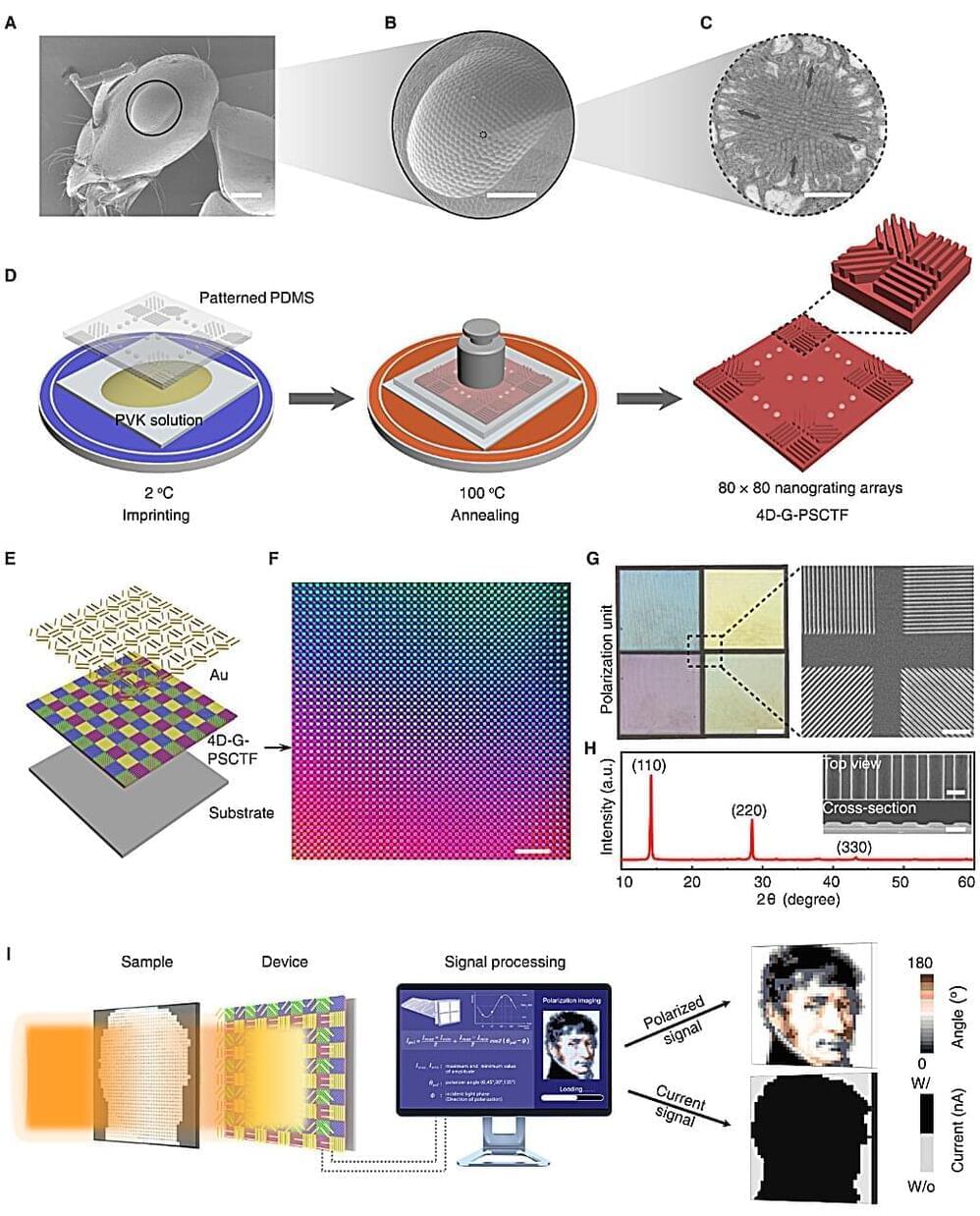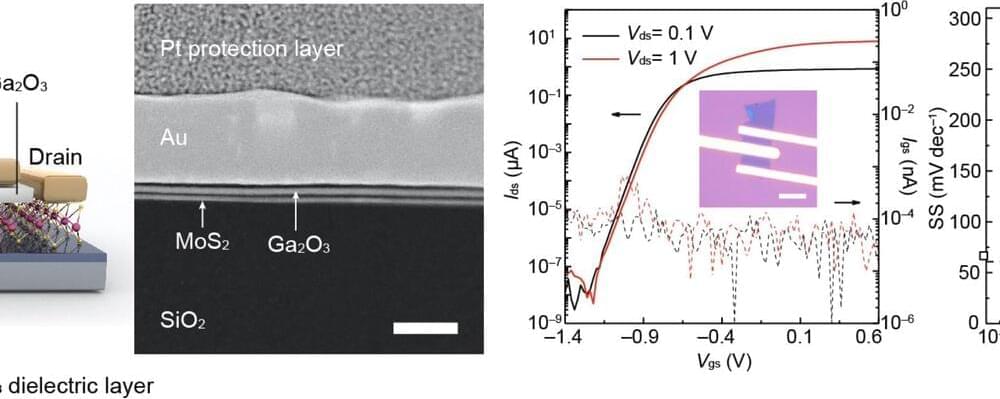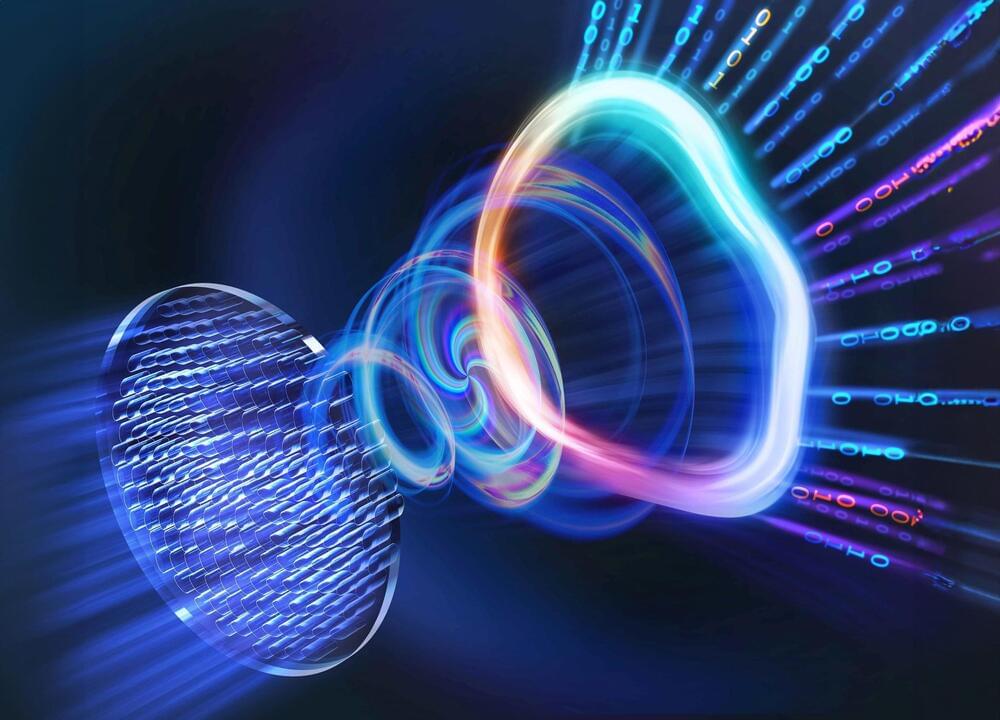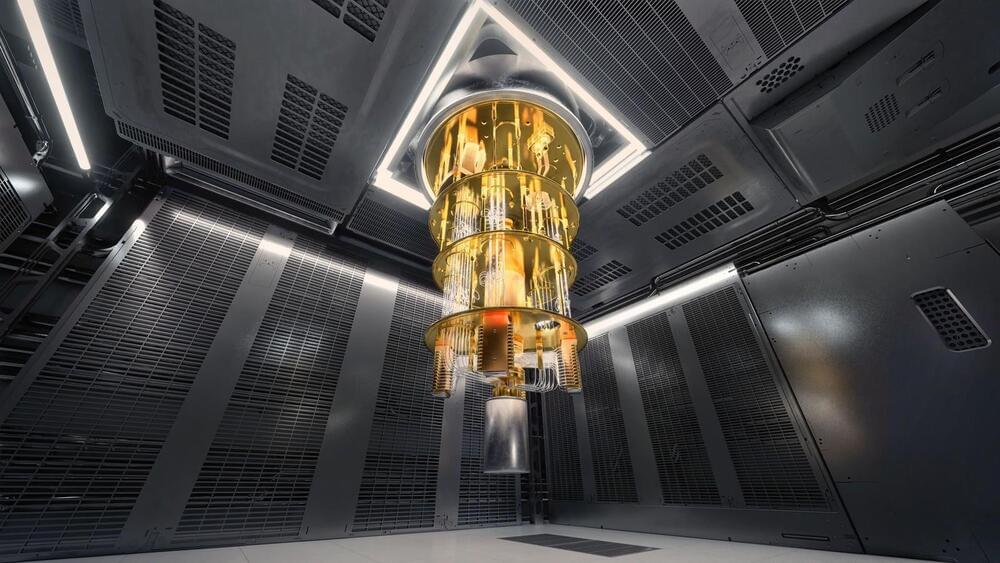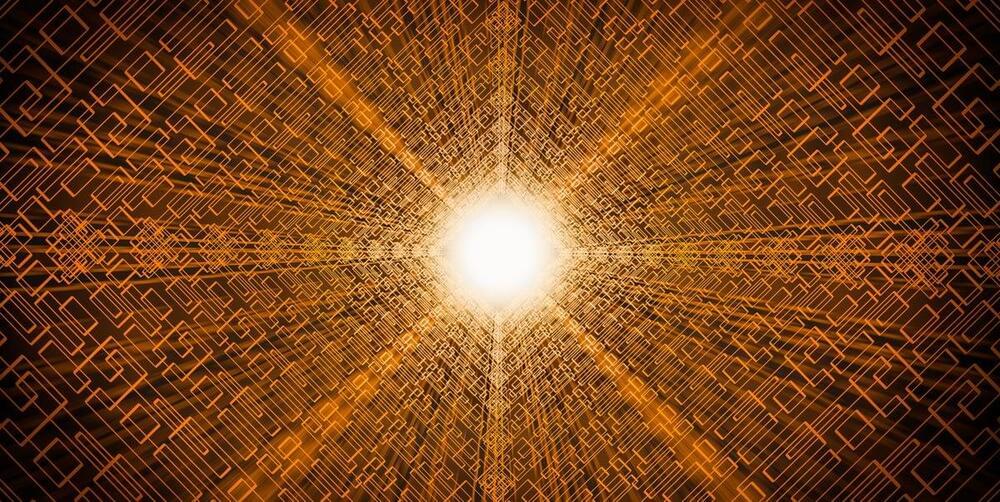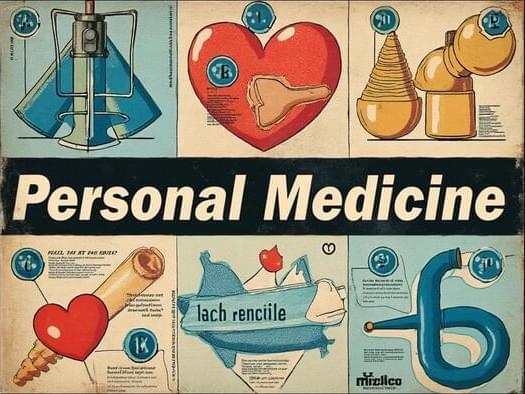Polarization photodetectors (pol-PDs) have widespread applications in geological remote sensing, machine vision, and biological medicine. However, commercial pol-PDs usually require bulky and complicated optical components and are difficult to miniaturize and integrate.
Chinese researchers have made important progress in this area by developing an on-chip integrated polarization photodetector.
This study, published in Science Advances on Dec. 4, was conducted by Prof. Li Mingzhu’s group from the Technical Institute of Physics and Chemistry of the Chinese Academy of Sciences.
